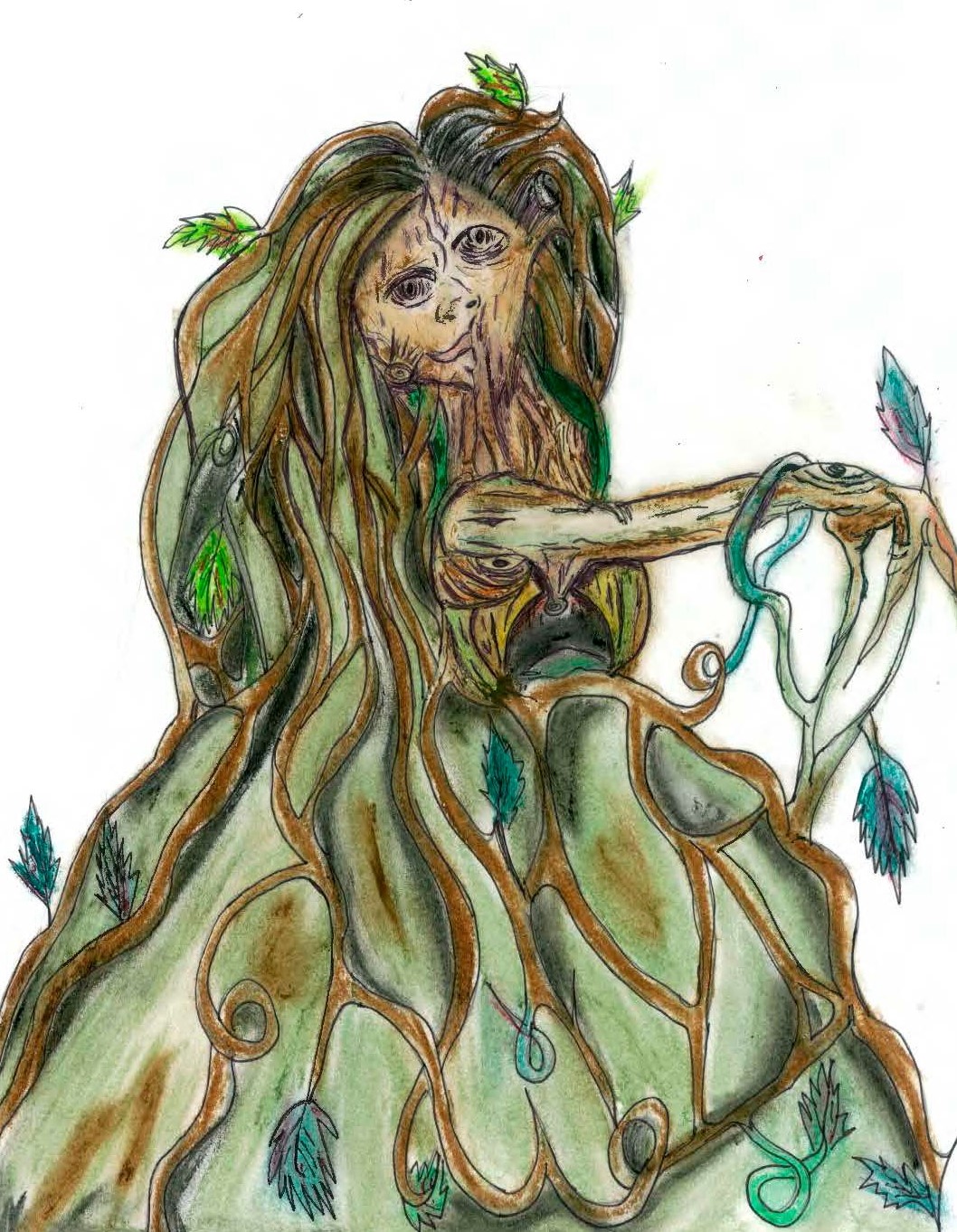Aesthetic democracy as the roots of sustainable cities and communities
DOI:
https://doi.org/10.7577/ar.5052Keywords:
aesthetic education, performing arts, social justice, sustainable development goals, pedagogy of art, imaginary power, theatricality, aesthetic beings, art educationAbstract
This article is a reflection on the crucial role that aesthetic democracy plays in generating and maintaining the 17 Sustainable Development Goals (SDGs) of the United Nations (UN), as summarised in goal 11, pertaining to the development of sustainable cities and communities. The article follows the structure of a three-step imaginary mechanism rooted in a radical perspective (Juguero, 2021). The first step relates to imaginary projection and addresses the concept of achieving the 17 SDGs. The second step relates to the roots of the situation and analyses the current global context and grounded concepts. The third step relates to an action plan, reflects on how to achieve the SDGs, and advocates for aesthetic democracy. The conclusion asserts that emotional evolution through aesthetic revolution is essential to the process.
This article results from a postdoctoral research project developed at the University of Stavanger.
Cover image: Drawing by Edér Rosa
References
Almeida, S. (2020, 14 November). O que é democracia para você? [Video]. Youtube. https://www.youtube.com/watch?v=BnILfT5CfIs
Almeida, S. (2019). Racismo estrutural. Pólen Produção Editorial LTDA.
Bakhtin, M. (2010). Estética da criação verbal (6th ed.) Martins Fontes.
Bettelheim, B. (2012). A psicanálise dos contos de fada. Paz e Terra.
Boal, A. (2008). Teatro do Oprimido e outras poéticas políticas (8th ed.). Civilização Brasileira.
Bourdieu, P. (1989). O poder simbólico. Difel.
Brecht, B. (1967). Teatro dialético. Civilização Brasileira.
Chowdhry, K. (1989, 1 March). Gandhiji was talking sustainable development. Himal Southasian. https://www.himalmag.com/gandhiji-was-talking-sustainable-development/
Council of Europe. (2014). City of Stavanger intercultural profile. Intercultural cities: Building the future on diversity. Council of Europe. https://rm.coe.int/1680482bb0
Crenshaw, K. (2017). On intersectionality: Essential writings. The New Press.
Earth 5R. (2020, 7 March). The 17 UN Sustainable Development Goals Explained. [Video]. YouTube. https://www.youtube.com/watch?v=1wYKvRq-iEw&t=1572s
Fanon, F. (2008). Black skin, white masks. Grove Press.
Freire, P. (2016). Pedagogia do Oprimido (60th ed.) Paz.
Giroux, H. (1988). Escola crítica e política cultural. Autores Associados.
Global Goals. (2015). Goal 11: Sustainable cities and communities. Project Everyone. https://www.globalgoals.org/goals/11-sustainable-cities-and-communities/
Goldin, I., & Muggah, R. (2020, October). COVID-19 is increasing multiple kinds of inequality. Here’s what we can do about it. World Economic Forum. https://www.weforum.org/agenda/2020/10/covid-19-is-increasing-multiple-kinds-of-inequality-here-s-what-we-can-do-about-it/
Juguero, V. (2023, 10 October). Articles and essays. Viviane Juguero Website. https://www.vivianejuguero.com/articles-and-essays
Juguero, V. (2022). Radical dramaturgies: A path to democratic performing arts for early childhoods. In Z. Đerić, & M. Prpa Fink (Eds.), Theatre for children – artistic phenomenon: A collection of papers (Vol. 12). Open University Subotica. https://drive.google.com/file/d/10mJIOZGYuTB-Efkyc6Z5qH1al4jmV5Uh/view?usp=sharing
Juguero, V. (2022). Theatre for children’s dialogical specificities. In P. O’Connor, & M. McAvoy (Eds.), The Routledge companion to drama education (pp. 224-238). Routledge. https://doi.org/10.4324/9781003000914-25
Juguero, V. (2021). Art as a science: Paths through a radical heteroscientific methodology. In Conference Proceedings CIVAE 2021: 3rd Interdisciplinary and Virtual Conference on Arts in Education, July 14-15, 2021 (pp. 23-28). Musicoguia Magazine. http://civae.org/wp-content/uploads/2021/09/CIVAE2021.pdf
Juguero, V. (2019). Dramaturgias radicais: Poéticas matrísticas para uma arte dialógica. [Doctoral dissertation, Universidade Federal do Rio Grande do Sul]. LUME. https://lume.ufrgs.br/handle/10183/199204
Maturana, H. (2004). Conversações matrísticas e patriarcais. In H. Maturana, & G. Verden-Zoller (Eds.), Amar e brincar: Fundamentos esquecidos do humano (pp. 25-124). Palas Athena.
Maturana, H., Verden-Zoller, G. (2004). Brincar: O caminho desdenhado. In H. Maturana, & G. Verden-Zoller (Eds.), Amar e brincar: Fundamentos esquecidos do humano (pp. 217-247). Palas Athena.
Maurer, P. (2022). Here are 6 humanitarian issues that must be addressed in 2022. The Davos Agenda. https://reliefweb.int/report/world/here-are-6-humanitarian-issues-must-be-addressed-2022
Norges Kulturdepartementet. (2021). Oppleve, skape, dele — Kunst og kultur for, med og av barn og unge. (Meld. St. 18. 2020–2021). https://www.regjeringen.no/no/dokumenter/meld.-st.-18-20202021/id2839455/
Pavis, P. (2010) A análise dos espetáculos. Perspectiva.
Piaget, J. (2007). Comentário sobre as observações críticas de Vygotsky a propósito de le langage et la pensée chez l’enfant et le jugement et le raisonnement chez l’enfant. In L. Vygotsky (Ed.), Pensamento e linguagem. Relógio d’água.
United Nations. (2020). World social report 2020: Inequality in a rapidly changing world. https://www.un.org/development/desa/dspd/wp-content/uploads/sites/22/2020/01/World-Social-Report-2020-FullReport.pdf
United Nations. (2015, 4 September). Summit charts new era of sustainable development: United Nations Sustainable Development Summit 2015: 25-27 September. Sustainable Development Goals. https://www.un.org/sustainabledevelopment/blog/2015/09/summit-charts-new-era-of-sustainable-development-world-leaders-to-gavel-universal-agenda-to-transform-our-world-for-people-and-planet/
Verden-Zoller, G. (2004). O brincar na relação materno-infantil. In H. Maturana, & G. Verden-Zoller (Eds.), Amar e brincar: Fundamentos esquecidos do humano (pp. 125-204). Palas Athena.
Vygotsky, L. (2007). Pensamento e linguagem. Relógio d’água.
West, C. (2023). Questão de raça (2nd ed.) Companhia de Bolso.
Winnicott, D. (1975). O brincar e a realidade. Imago editora ltda.
Winnicott, D. (1982). A criança e o seu mundo. Zahar Editores.

Downloads
Published
How to Cite
Issue
Section
License
Copyright (c) 2023 Viviane Juguero

This work is licensed under a Creative Commons Attribution 4.0 International License.
Authors who publish with this journal agree to the following terms:
- Authors retain copyright and grant the journal right of first publication with the work simultaneously licensed under a Creative Commons Attribution License that allows others to share the work with an acknowledgement of the work's authorship and initial publication in this journal.
- Authors are able to enter into separate, additional contractual arrangements for the non-exclusive distribution of the journal's published version of the work (e.g., post it to an institutional repository or publish it in a book), with an acknowledgement of its initial publication in this journal.
- Authors are permitted and encouraged to post their work online (e.g., in institutional repositories or on their website) prior to and during the submission process, as it can lead to productive exchanges, as well as earlier and greater citation of published work (See The Effect of Open Access).